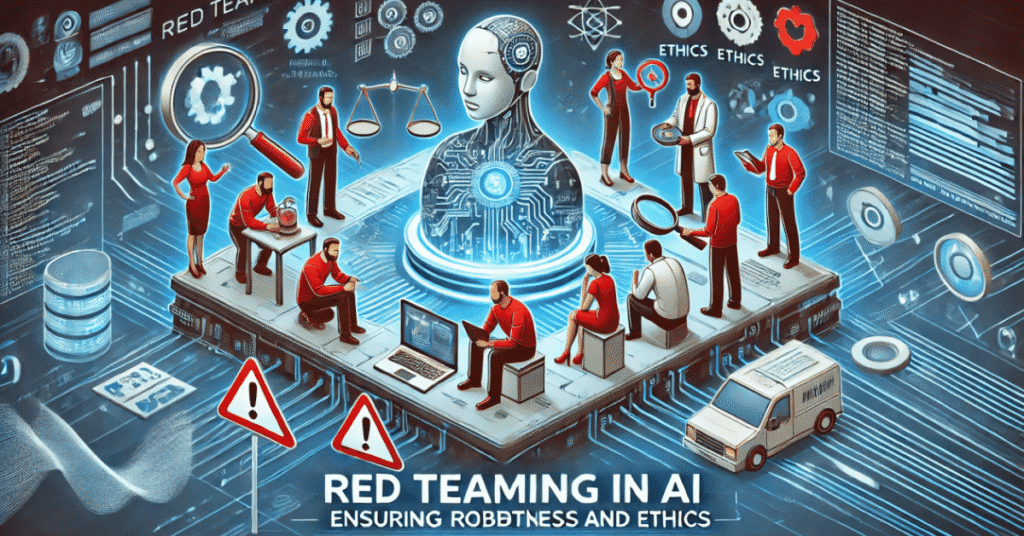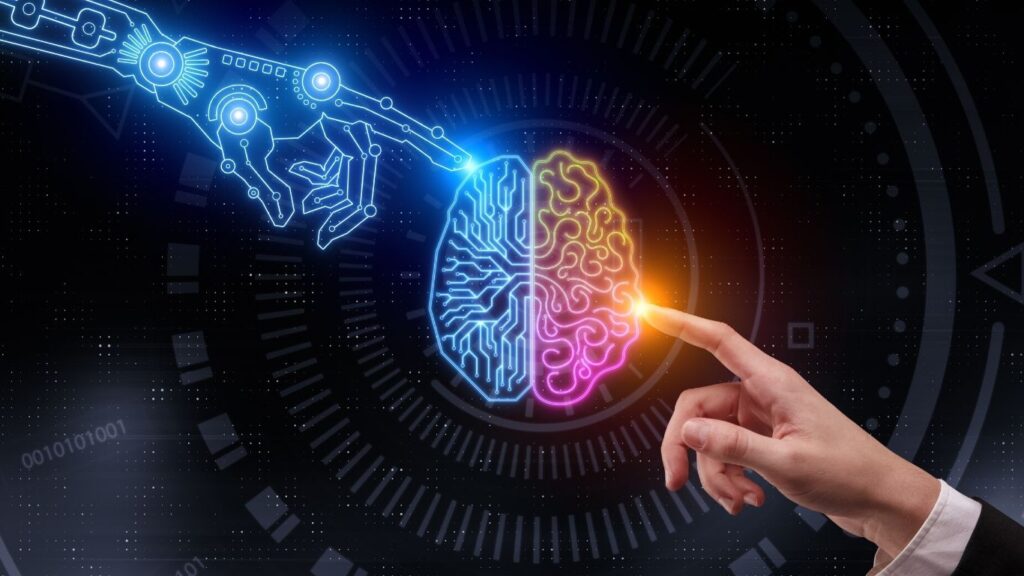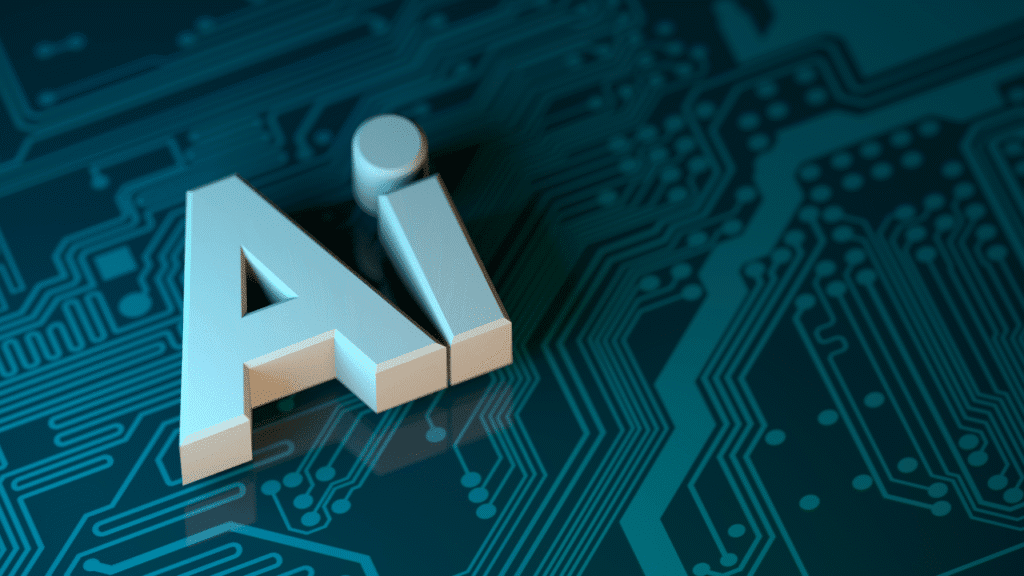Introduction
AI development secures conditions that include even questions of security and robustness to be addressed and integrated into the very fabric of these systems. However, one of the most vital activities an expert AI Red Team should engage in would be looking for holes proactively, minding the checks and structures the defence put in place, understanding the vultures on-the-wing for their next reconnaissance mission, and then carrying the assurance of continuous defence whether adversaries go ahead with launching attacks and testing systems. The paper sets out what will guide Artificial Intelligence Red Team Jobs, scope and responsibility areas, competencies, and future career outlooks.
Understanding Artificial Intelligence Red Team Jobs
Adversarial simulation attack of AI systems by mapping vulnerability, which may be exploited by an actual perpetrator, is AI red teaming. Conventional red teaming will usually traverse the other IT infrastructures of the organization and the threats posed to them; with AI Red Teaming, it is simply those AI models, algorithms, and their environment of deployment that are the targets.
Key Objectives of Artificial Intelligence Red Team Jobs
- Confidence Building: Assure the system’s robustness and proper functioning so that overall user and stakeholder trust can flourish.
- Regulatory Compliance: Legal requirements often take the form of security standards such as those applied in finance or healthcare.
- Unblocking Exploits: Damage was done to an exploit beforehand a weakness was identified.
Assure that AI systems do not allow for future twisting by cyber criminals by providing for their regular compliance assessments.
Why Artificial Intelligence Red Team Jobs Are Important
Safety assurance has become a focus for AI systems whose impact is felt across crucial industries such as healthcare, finance, and defense, and therefore, important features have to be considered:
1. Blocking Exploits
The weakness found ahead of time can be damaging for the attack before it gets to go forward with actual action.
2. Creating Trust
Proving that the safeguarding character of AI systems can grow trust as a baseline for users and stakeholders.
3. Regulatory Compliance
As part of the regulations, security standards are often a requirement, as in finance or healthcare.
4. Roles and Responsibilities
AI Red Team professionals are in for many aspects of safety dealing with AI systems, among which are:
5. Adversary Simulation Tests
Simulated attacks to assess the AI model’s resilience against attacks.
Find and document vulnerabilities within AI systems.
Collaboration with AI developers and security teams in issues remediation; openai.com
- Continuous Update Learning: Bring up to speed with changing threats and be able to sharpen methodologies for testing the new threats.
- Required Skills and Qualifications: These professionals must hold a good blend of technical and soft skills if they are to succeed in AI Red Team roles.
Technical Skills
- Machine Learning Comprehension: Must understand AI models, especially those used for deep learning architectures.
- Cybersecurity Background: Knowledge of basic principles and application of security.
- Programming Proficiency: Python, R, Java, and so forth.
- Tool Familiarization: Hands-on experience with tools useful in testing AI models.
Soft Skills
- Analytical Thinking: The capability of evaluating intricate systems and discovering possible flaws.
- Communication: Possess the ability to explain findings and recommendations to multiple stakeholders.
- Adaptability: Remain informed of changes in AI technologies and possible threats.
Career Pathways
Currently rising demand by branches for AI Red Team professionals:
- Technology Companies: Such companies actually need in-house security staff, in general, referring to manufacturing and selling their AI products.
- Consulting Companies: Several sectors have common clients in those different branches, which require AI security assessment services.
- Government and Defense: Guard national security by protecting AI systems on which some applications of defense are based.
- Healthcare and Finance: Protect sensitive data while complying with the mandates necessary for regulation with respect to many statutory definitions.
Educational and Qualification Pathways
There is no one pathway to becoming an AI Red Team professional, but among them, the following could increase the chances:
- Alternative Learning: Self-training from workshops, webinars, or courses about AI security.
- Challenges in AI Red Teaming: They are usually under rapid technological changes in AI, something that leaves them perplexed.
- Complexity of AI Models: Understanding and testing highly complex architectures of AI.
- Limited Tools: Very few tools exist at the moment relating especially to the problem of AI security testing.
The Future of Artificial Intelligence Red Team Jobs
As AI keeps transforming daily into a different application domain with a larger need for securing such systems, it is expected that companies will hire more and more professionals to proficiently guard against possible attacks and secure their AI deployments. Therefore, AI Red Team roles will be critical and in high demand.
Conclusion
From external and internal vulnerabilities, AI Red Team professionals will almost always defend. Such a job will become very prominent in a world where real-life implications are assigned to AI in live decision-making. It promises to be a very exciting and lucrative career for people who want to make a difference in AI and security.
Frequently Asked Questions: Artificial Intelligence Red Team Jobs
Question 1: What is AI red teaming?
AI red teaming is really just a team of security professionals simulating attacks on the AI systems to be able to find out about deficiencies or weaknesses that a malicious person could exploit.
Question 2: What are the differences between AI red teaming and conventional cybersecurity?
The traditional cybersecurity accords predominantly with the safeguarding of networks and systems, while the AI red-teaming goes way beyond them: they infiltrate specific AI models and algorithms and test the robustness of those data sets against possible adversarial input and attacks.
Question 3: What skills are needed to become a professional in AI Red teaming?
Among the most important are competence in machine learning and AI models, some appreciation of cybersecurity, programming knowledge with such languages as Python, and very strong analytical and communication skills.
Question 4: What are some challenges encountered by an Artificial Intelligence Red Team Jobs Holder?
These challenges include fast-changing technology in AI, the complexity of AI models, and the availability of very few specialized testing tools.
Question 5: How does one start on the road to becoming an Artificial Intelligence Red Team Jobs Holder?
This should start with a strong basis in computer science, cybersecurity, and AI. Hands-on play with AI models in the real world, coupled with practice in secure digital methods, is a must. And throw in some relevant certifications.
Question 6: Is it true that AI Red Teaming is a fast-growing field?
Yes, increasing amounts of all kinds of AI systems are being turned out and finding more and more relevance in very practical applications; crazy amounts of professionals are very much required to keep these systems secure.



